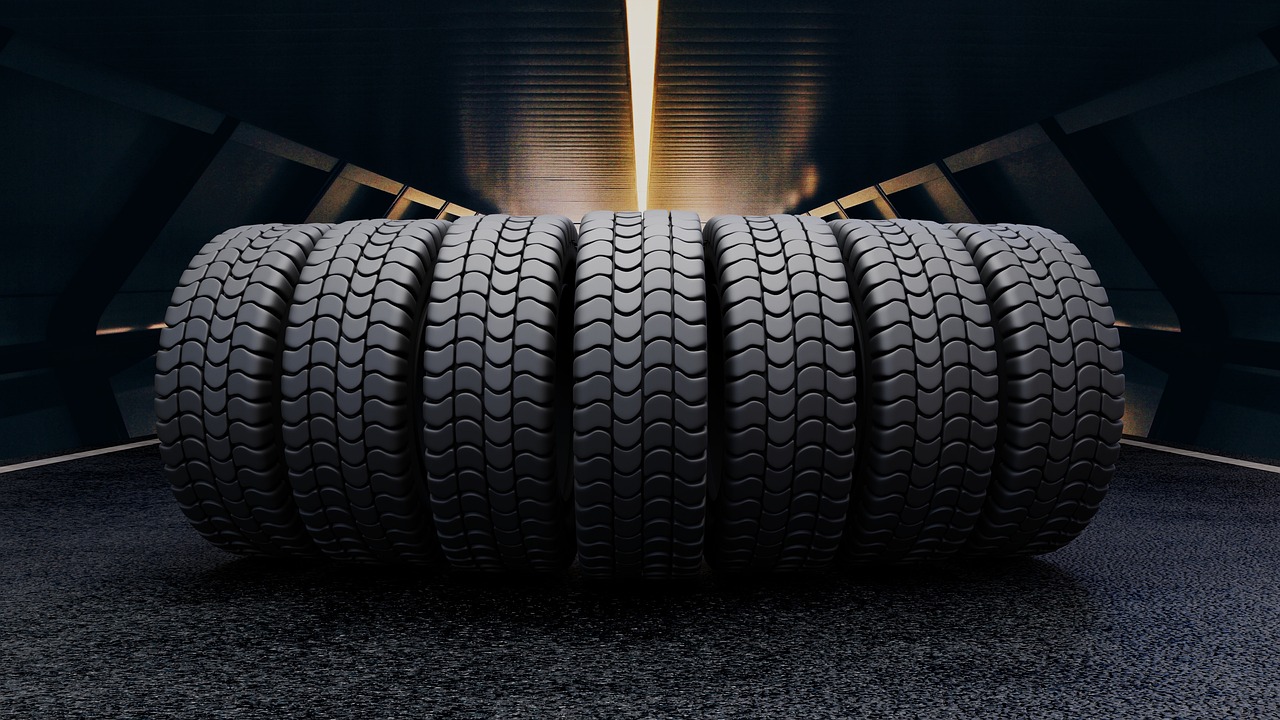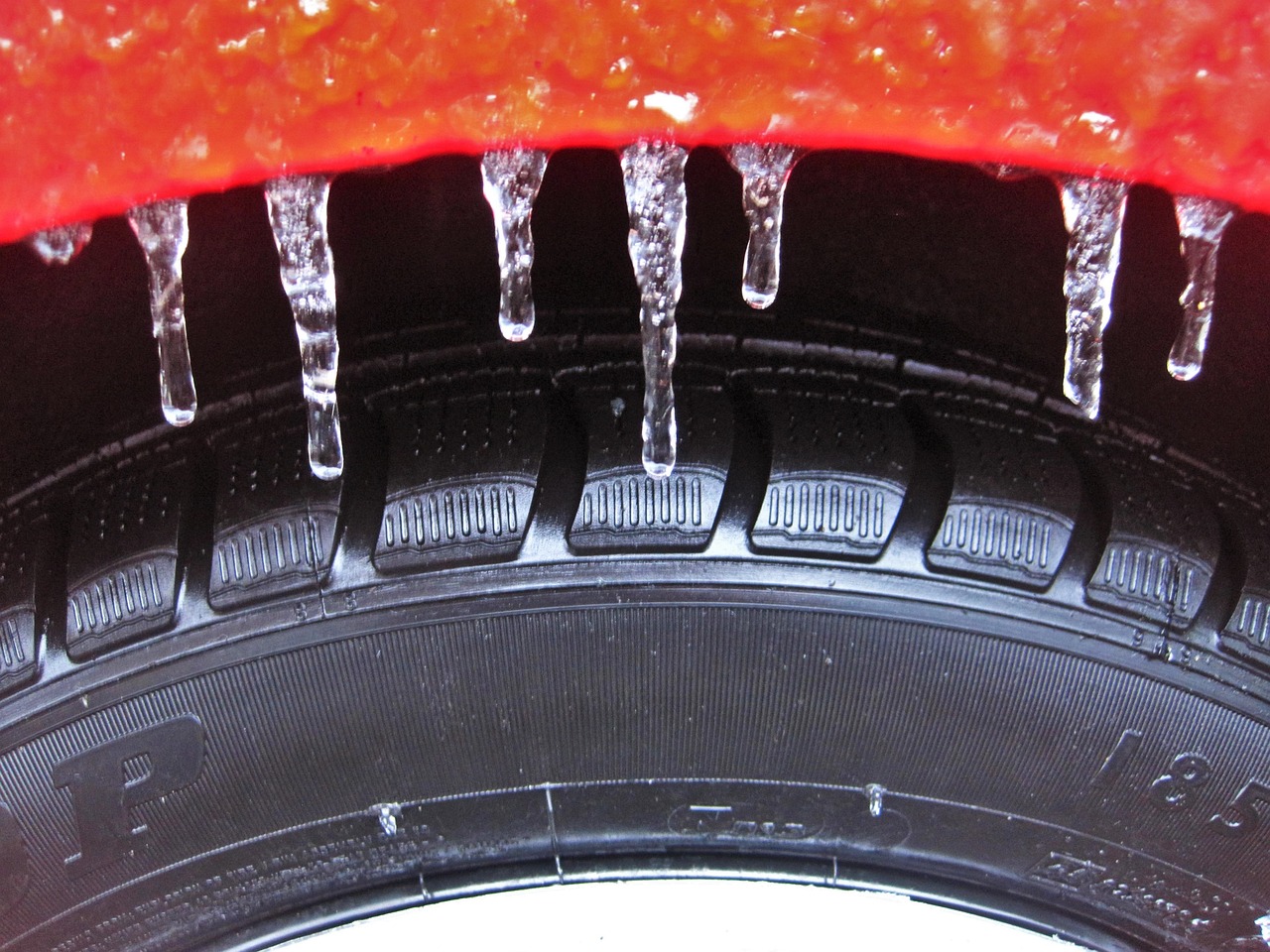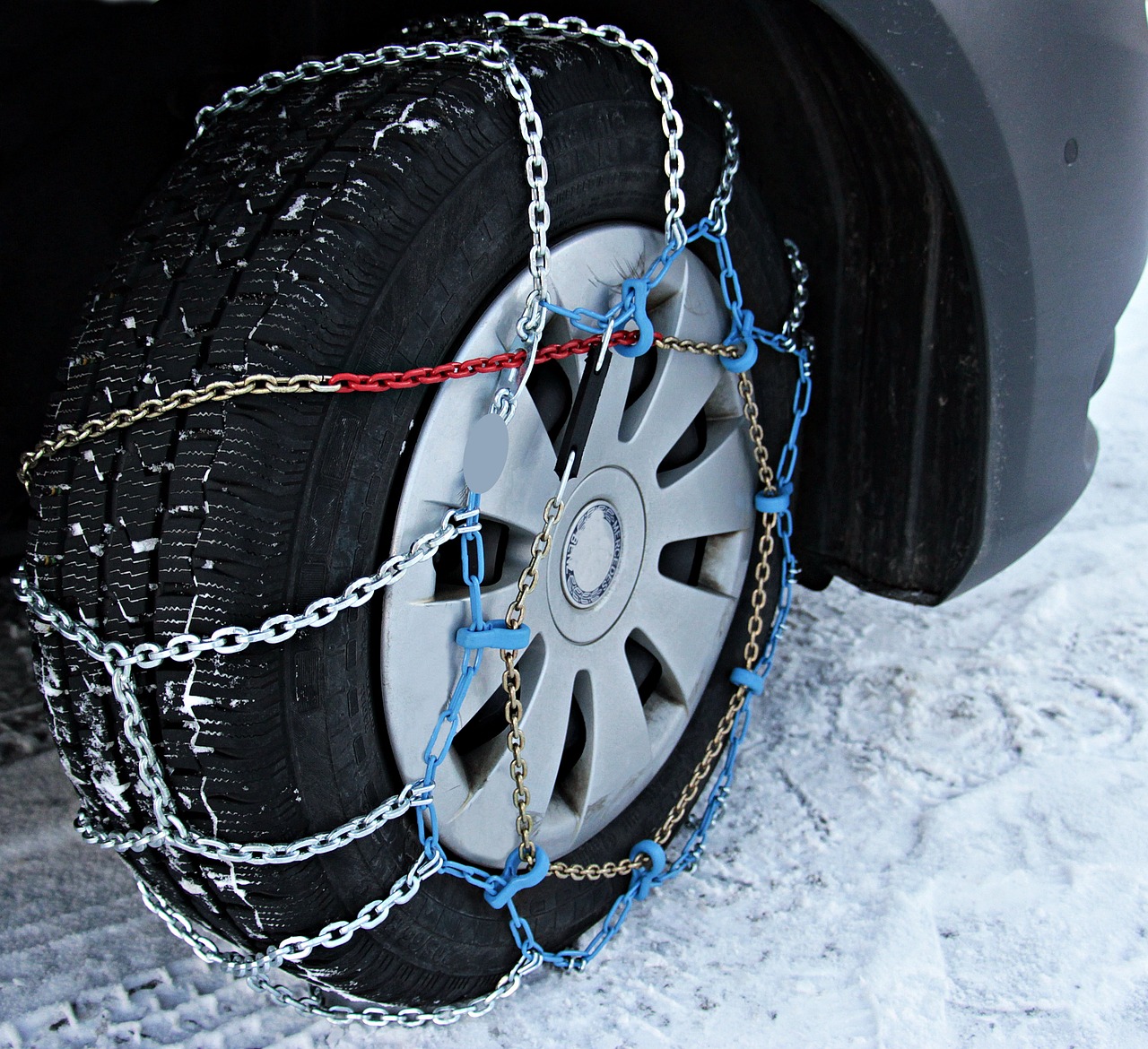Ever thought about how long stored tires last before they need to be replaced? It's a big question for car owners who want their tires to stay safe and reliable, even when not in use. Learn more about tire longevity and storage best practices in this comprehensive guide.

The National Highway Traffic Safety Administration (NHTSA) and the Tire Manufacturers Association say a tire is safe until it's 5 years old. But some say a tire can last up to 10 years with yearly checks, especially after 5 years. Understanding when to change your tires is crucial for maintaining safety.
Storing tires right can make them last longer. Clean and dry them before storing, use airtight bags or covers, and think about storing them upright or hanging. Following these tips can help your tires stay in good shape for when you need them.
Key Takeaways:
- Tires can last between 6 and 10 years in storage, depending on storage conditions and environmental factors.
- The NHTSA and Tire Manufacturers Association consider a tire 100% safe to use until it turns 5 years old.
- Proper storage techniques, such as cleaning, drying, and using airtight covers, can extend tire lifespan.
- Factors like temperature, humidity, sunlight, and ozone exposure can impact the longevity of stored tires.
- Annual inspections by a specialist are recommended for tires in use for 5 years or more.
Factors Affecting Tire Longevity in Storage
When storing tires, several factors can affect their life and performance. Temperature, humidity, and sunlight are key elements to consider. They play a big role in keeping tires in good shape while stored.

Temperature Control
Keeping tires at the right temperature is crucial. They should be stored between 60ºF and 70ºF. Temperatures above 77ºF or below 32ºF are not good for tires.
High heat, combined with oxygen, can make tires age faster. This is especially true in hot climates.
Humidity Management
High humidity can cause tires to degrade faster. It leads to cracking or "dry rot." To prevent this, tires need to be stored in a dry place.
The best storage space is cool, dry, and has low humidity. This prevents condensation and corrosion of tire metal layers.
Sunlight Exposure
Sunlight, especially UV rays, can damage tire compounds. This causes dry rotting and cracking over time. UV light makes rubber deteriorate, shortening tire life.
Tires should be kept away from direct sunlight. They should also avoid intense artificial light with high UV content. This prevents them from becoming brittle and less flexible.
Ozone from air pollution can also cause tires to degrade faster, especially in cities. Constant oxygen exposure makes tires harden and lose flexibility. This can lead to cracking and potential failure.
| Factor | Ideal Conditions | Risks |
|---|---|---|
| Temperature | 60ºF to 70ºF | Accelerated rubber aging |
| Humidity | Low, dry environment | Increased outgassing, cracking, dry rot |
| Sunlight/UV | Avoid direct exposure | Dry rotting, cracking, brittleness |
| Ozone | Store away from ozone sources | Faster rubber degradation |
By managing these factors and storing tires in a cool, dry location, you can extend their life. This ensures they stay in good condition for when needed.
How Long Do Tires Last in Storage
The life of tires in storage varies based on several factors. These include the tire's quality, the storage conditions, and the tire type. Generally, most tires can last up to 6 years in storage under normal conditions. Some high-quality tires might even last up to 10 years.
Tire makers like Michelin say used tires can last up to 10 years. Avon suggests replacing tires after seven years.
Average Lifespan of Stored Tires
The lifespan of stored tires changes based on the tire type:
- All-season tires usually last 3 to 5 years and can go up to 50,000 to 60,000 miles.
- Winter tires last 20,000 to 40,000 miles and are worn out at 4/32" tread depth.
- Summer tires can last 30,000 to 50,000 miles, depending on driving conditions.
Used tires with a lot of tread left can add up to 40,000 miles of extra mileage. But, neglecting maintenance can cut their lifespan in half.
Signs of Tire Deterioration
It's important to check your stored tires often for signs of wear. Look for:
- Cracking or dry rot on the tire surface
- Flat spots or uneven wear
- Bubbles or bulges on the sidewall
Tires over 10 years old can fail suddenly because of rubber breakdown. Ari Henning showed that a 7-year-old set of Bridgestone RS10 tires still performed well on a track bike. This goes against the belief that tires should be replaced after five years.

When to Replace Stored Tires
Tires need to be replaced when they're old or when the tread is less than 4/32". Most big tire brands, like Bridgestone and Michelin, say tires should last up to 10 years if well taken care of.
To keep your stored tires in good shape, store them in a cool, dry place. Make sure it's well-ventilated but away from sunlight. Avoid exposing them to UV rays, ozone, solvents, fuels, and lubricants. These can harm the rubber. Storing tires in a large, airtight plastic bag upright can help keep the rubber oils from evaporating and reduce stress.
Regular tire rotation and proper balancing are key for even wear. This helps extend the life of your tires, both in storage and on the road. By following these tips and keeping an eye on your stored tires, you can ensure they stay in good condition. They'll be ready to use when you need them.
Conclusion
Storing tires properly is key to keeping them in good shape. This is true for winter, summer, or all-season tires. Knowing how to control temperature, humidity, and sunlight helps keep tires lasting longer.
Climate-controlled storage units are the best place for tires. They keep the temperature right and stop moisture from building up.
Checking tires often, rotating them, and replacing them when needed is vital. Tires usually last 5-6 years or 55,000 to 80,000 miles, depending on how well they're cared for.
Storing tires upright and rotating them every few months helps prevent damage. Cleaning them before storage also helps keep them in good shape.
Proper tire storage saves money and keeps us safe on the road. In 2022, 562 deaths were caused by tire-related crashes. This shows how important it is to take care of our tires.
By storing and maintaining our tires correctly, we ensure safe driving. We also get the most value from our tire investment.
FAQ
How long can tires last in storage?
Tires can last 6 to 10 years in storage, depending on storage conditions. The National Highway Traffic Safety Administration (NHTSA) says a tire is safest until it's 5 years old. But, some say a tire can last up to 10 years if checked yearly, especially after 5 years.
What factors affect tire longevity in storage?
Environmental conditions like oxygen, UV light, ozone, and heat damage affect tire life. Storage conditions like temperature, light, ozone, humidity, and deformation also play a role. Proper storage, like cleaning and using airtight bags, can extend tire life.
What is the ideal temperature range for storing tires?
Tires should be stored between 60ºF and 70ºF. Avoid temperatures above 77ºF or below 32ºF. The best storage space is cool, dry, and has low humidity.
Also check our Saint Albert, RAM Dealership






















